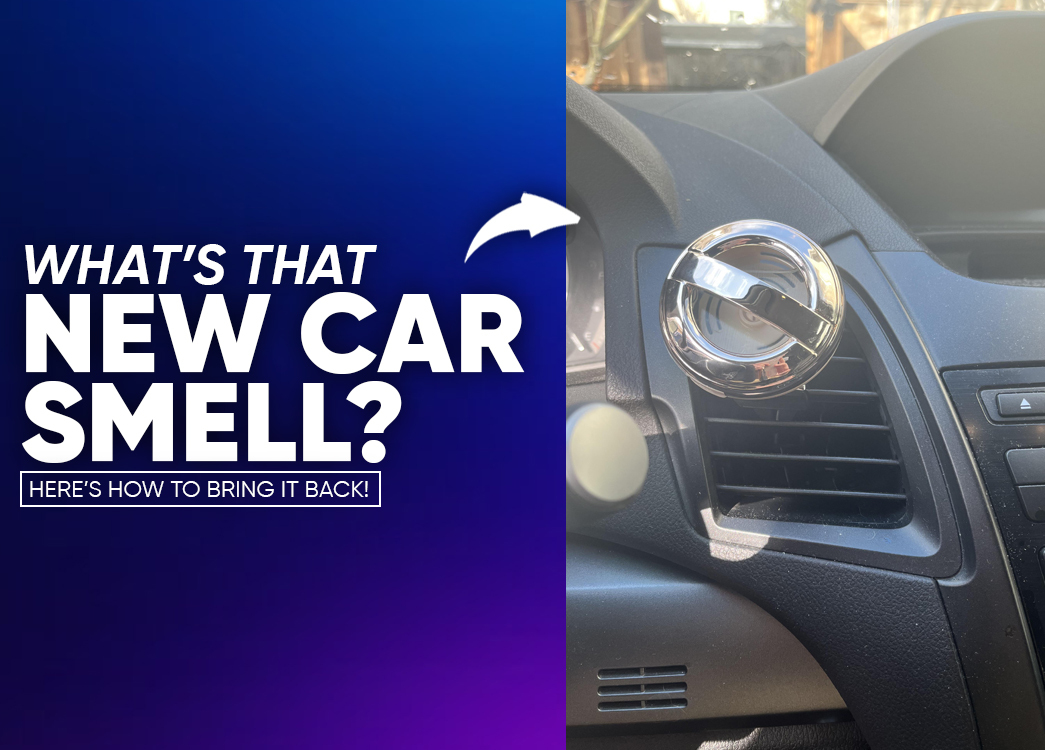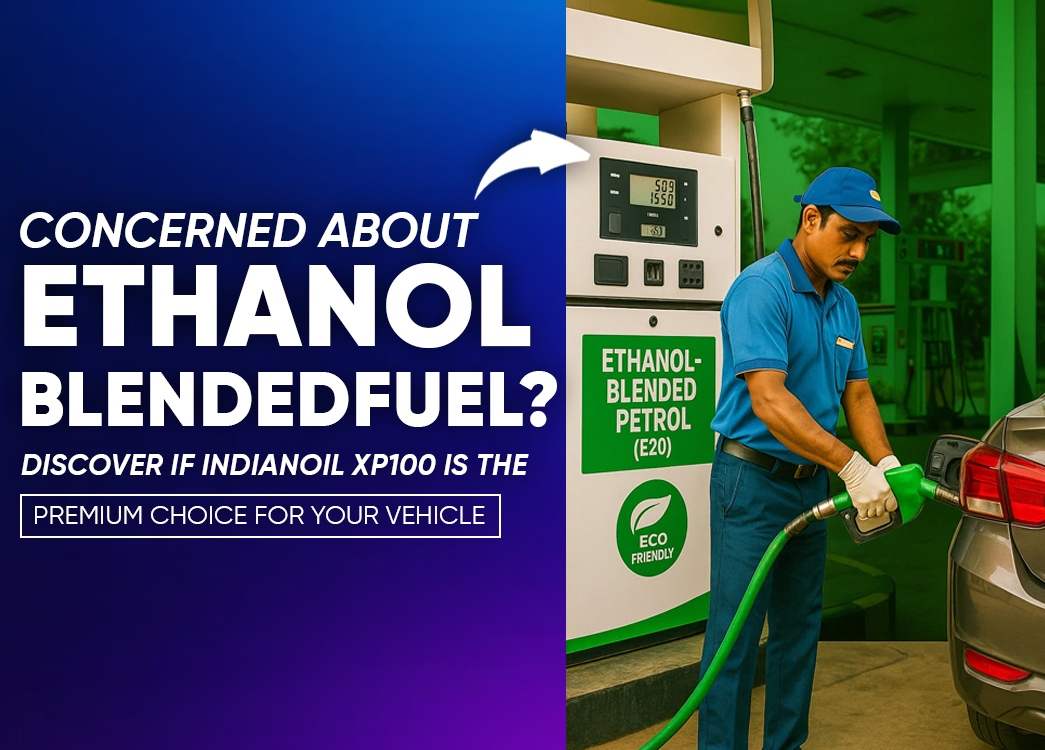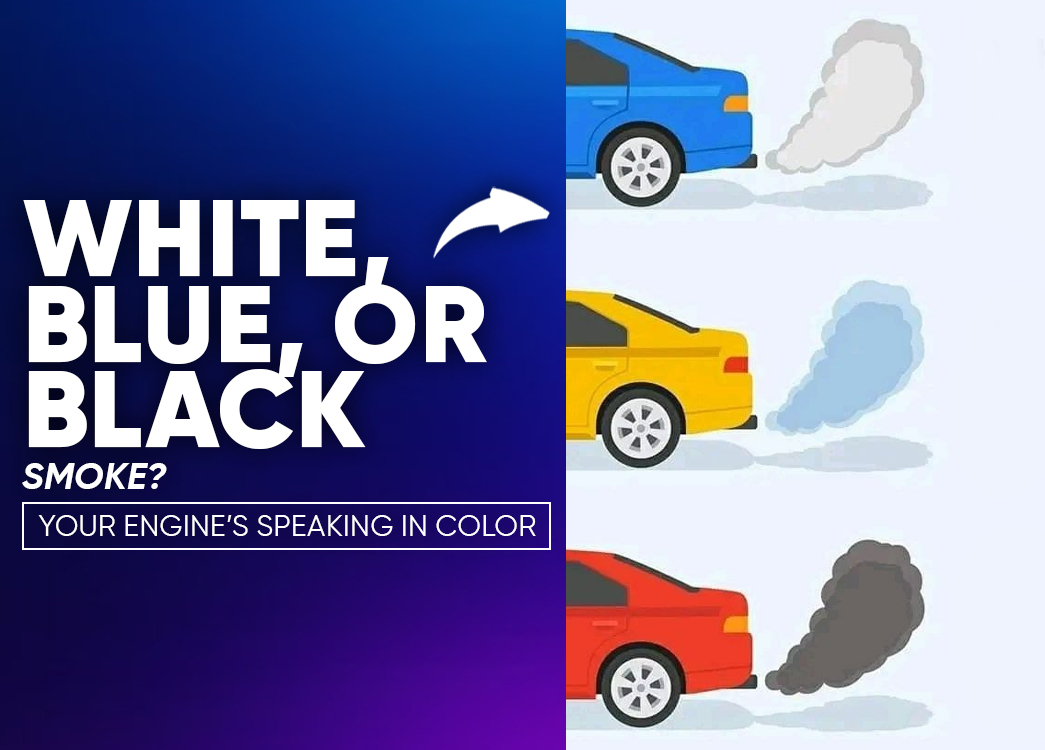
By creckk On 31-07-2025 at 10:53 am
Unraveling the Truth Behind Smoke Emissions from your Car
The Smoky Story Behind Vehicle Emissions
Smoke billowing from a vehicle’s exhaust pipe is a sight that stirs concern and curiosity. It’s not just a visual spectacle; it's a silent indicator of a deeper issue beneath the surface. What does it mean when a car emits smoke of different colors, and why should we care? Let’s take a poetic yet analytical journey into the world of vehicle gadgets emissions, the causes behind them, and what they reveal about the health of your engine.
The Smoke and Its Story
When a car expels smoke, it's telling us a story of its internal workings one that can range from minor engine trouble to major mechanical failure. Understanding the different types of smoke black, white, and blue can offer important insights into the vehicle's health and what action, if any, is needed to restore balance.
Each color of smoke represents a different issue, with varying degrees of urgency. Just as the clouds can change their shape and color, so too can the smoke from your car, each change signifying a unique narrative about your vehicle's condition.
Black Smoke: The Call for Less Fuel, More Efficiency
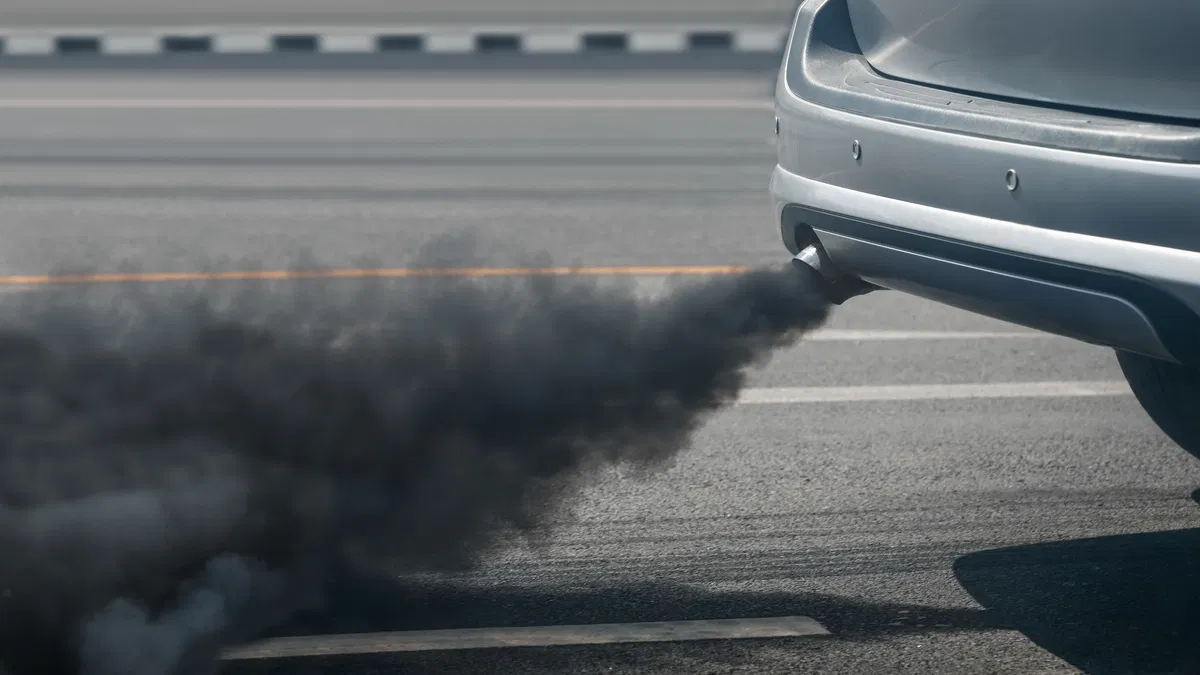
Black smoke is one of the most noticeable and alarming signs you might encounter. It's thick, dark, and smells like a burning mixture of fuel. When you see black smoke rising from your car’s exhaust, it indicates that the engine is burning more fuel than necessary.
This could happen for several reasons:
- Excess fuel in the engine: This is usually due to a malfunctioning fuel injector, which may be dumping too much fuel into the engine.
- Dirty air filters: A clogged air filter can restrict airflow into the engine, forcing it to use more fuel to compensate.
- Faulty sensors: Malfunctions in sensors that control fuel delivery, such as the mass airflow sensor, can cause the engine to consume more fuel.
While black smoke is an unmistakable warning, it doesn’t always point to catastrophic engine failure. However, it does suggest that fuel efficiency is being compromised, and emissions are higher than they should be, both of which contribute to a higher environmental impact.
White Smoke: The Ghostly Warning of Engine Trouble

White smoke is often a signal that something is amiss in your engine, though the severity of the issue depends on the color and density of the smoke. Thin, vaporous white smoke might appear during the early stages of the engine’s operation, especially on cold mornings, and can be perfectly normal. This is the moisture evaporating as the engine warms up.
However, persistent, thick white smoke that lingers even after the engine reaches operating temperature could be a sign of serious trouble. It typically indicates one of the following:
- Coolant leakage: The most common cause of thick white smoke is coolant leaking into the engine. This happens when there’s a problem with the head gasket, cylinder head, or engine block. The coolant mixes with the combustion process, causing it to vaporize and exit through the exhaust pipe.
- Cracked engine block: If the engine block is cracked, coolant may seep into the combustion chamber, resulting in a steady stream of white smoke.
White smoke can also signal a loss of engine power, with the vehicle potentially suffering from overheating. Immediate action is required to avoid severe engine damage.
Blue Smoke: The Quiet Danger of Oil Consumption
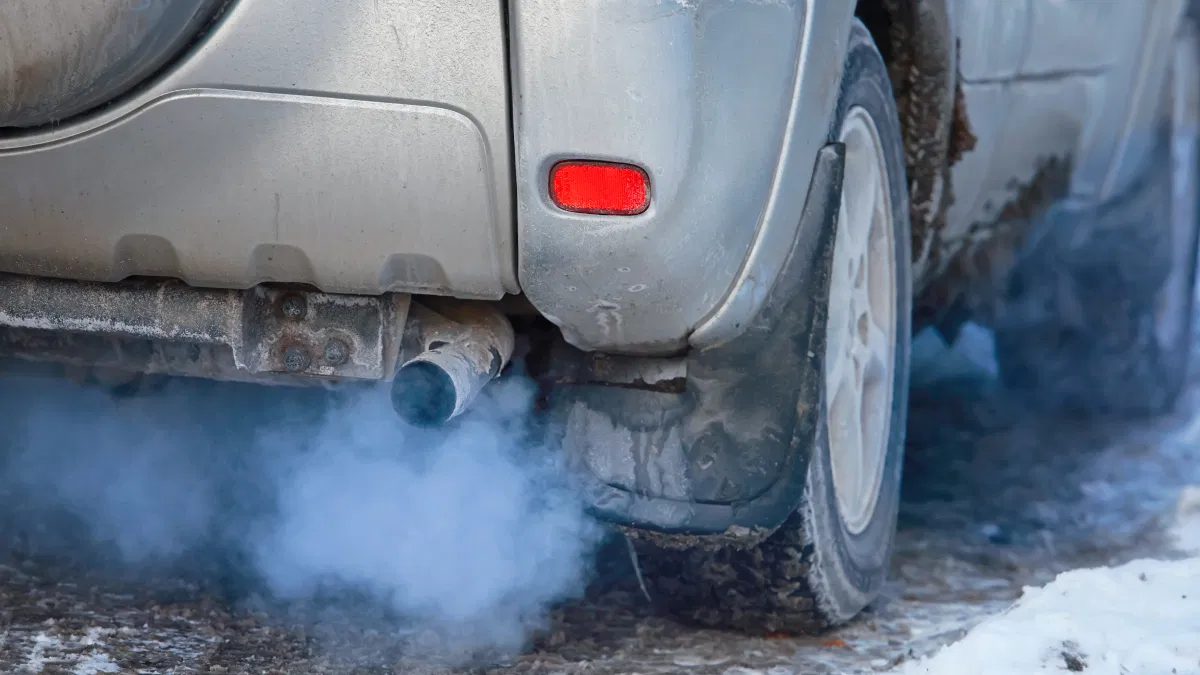
Blue smoke is often the most subtle, but it's equally troubling. Unlike black or white smoke, blue smoke signifies oil is burning in the engine. This could mean that the engine’s seals or valve guides are worn out, or that the piston rings are failing. When oil enters the combustion chamber, it burns along with the fuel, resulting in a blue-tinged exhaust.
This condition is particularly concerning because it suggests that your engine is consuming oil at an unusually high rate. Over time, running an engine that’s burning oil can lead to permanent damage, such as:
- Oil leaks: Worn-out gaskets or seals may cause oil to leak into the engine, which burns along with fuel.
- Piston ring failure: If the piston rings are worn, oil can seep past them and into the combustion chamber, leading to blue smoke.
Unlike black smoke, which often dissipates quickly, blue smoke tends to linger and can be a sign of engine wear and tear that may require significant repairs.
The Environmental Impact: A Smoggy Tale
When we speak of vehicle emissions, we're not only discussing the health of the engine but also the environment. Each puff of smoke that emerges from a vehicle’s exhaust contributes to air pollution, which has far-reaching consequences for our planet and our health. Black smoke, for instance, contributes heavily to global warming, as it is laden with carbon particles that enter the atmosphere. White smoke, though seemingly harmless, can indicate coolant contamination, which in the long run, can increase toxic emissions.
Environmental regulations have become stricter over the years, with cities and governments imposing rules to reduce vehicular emissions. However, many vehicles still release excessive amounts of smoke, contributing to smog and the deterioration of air quality. This is why it's important to address any smoke-related issues promptly not only for your vehicle’s health but for the sake of the world we live in.
How to Prevent or Fix the Smoke Problem?
Prevention is always better than cure, especially when it comes to vehicle maintenance. Regular checks, timely repairs, and proper care of your engine can help you avoid the issues that cause excessive smoke emissions.
- Fuel Efficiency Maintenance: Ensure that your fuel injectors are working properly, and your air filters are clean.
- Monitor Oil Levels: Regularly check your oil levels and make sure that there are no leaks in the engine.
- Check Coolant Levels: Keeping your coolant levels topped off and ensuring there are no leaks is crucial to preventing white smoke.
Routine service and timely repairs can save you from costly repairs in the future and keep your car running smoothly and cleanly.
FAQs:
1. What does black smoke from my vehicle mean?
Black smoke indicates that your engine is burning too much fuel. This could be due to faulty fuel injectors, clogged air filters, or malfunctioning sensors. It suggests that fuel efficiency is being compromised.
2. Is white smoke a sign of serious engine problems?
White smoke can indicate coolant is leaking into the engine, typically due to a faulty head gasket or a cracked engine block. If the smoke persists even when the engine warms up, it’s a sign that repairs are urgently needed.
3. Why does my car emit blue smoke?
Blue smoke signifies that oil is burning in your engine. This could be due to worn-out piston rings, valve guides, or seals, leading to excessive oil consumption. Blue smoke usually suggests that engine components are wearing out and need attention.
4. Can I continue driving my car if it emits smoke?
It depends on the color and cause of the smoke. If the smoke is persistent or thick (especially white or blue), it’s best to stop driving and get the car inspected immediately to prevent further damage.
5. How can I reduce smoke emissions from my car?
Routine maintenance, such as changing fuel filters, replacing air filters, and monitoring oil and coolant levels, can prevent excessive smoke emissions. Regular check-ups will also help detect early signs of trouble.
6. Are vehicle smoke emissions harmful to the environment?
Yes, vehicle emissions contribute to air pollution, which harms the environment. Black smoke, in particular, releases harmful carbon particles that contribute to global warming and deteriorate air quality.
Related posts




